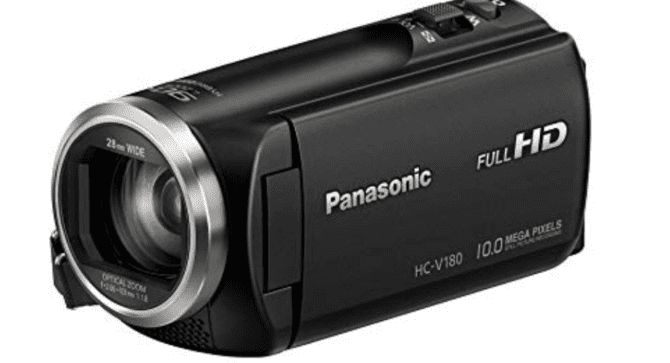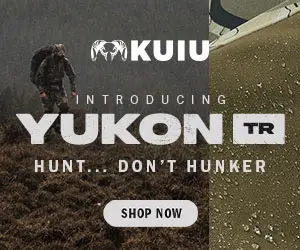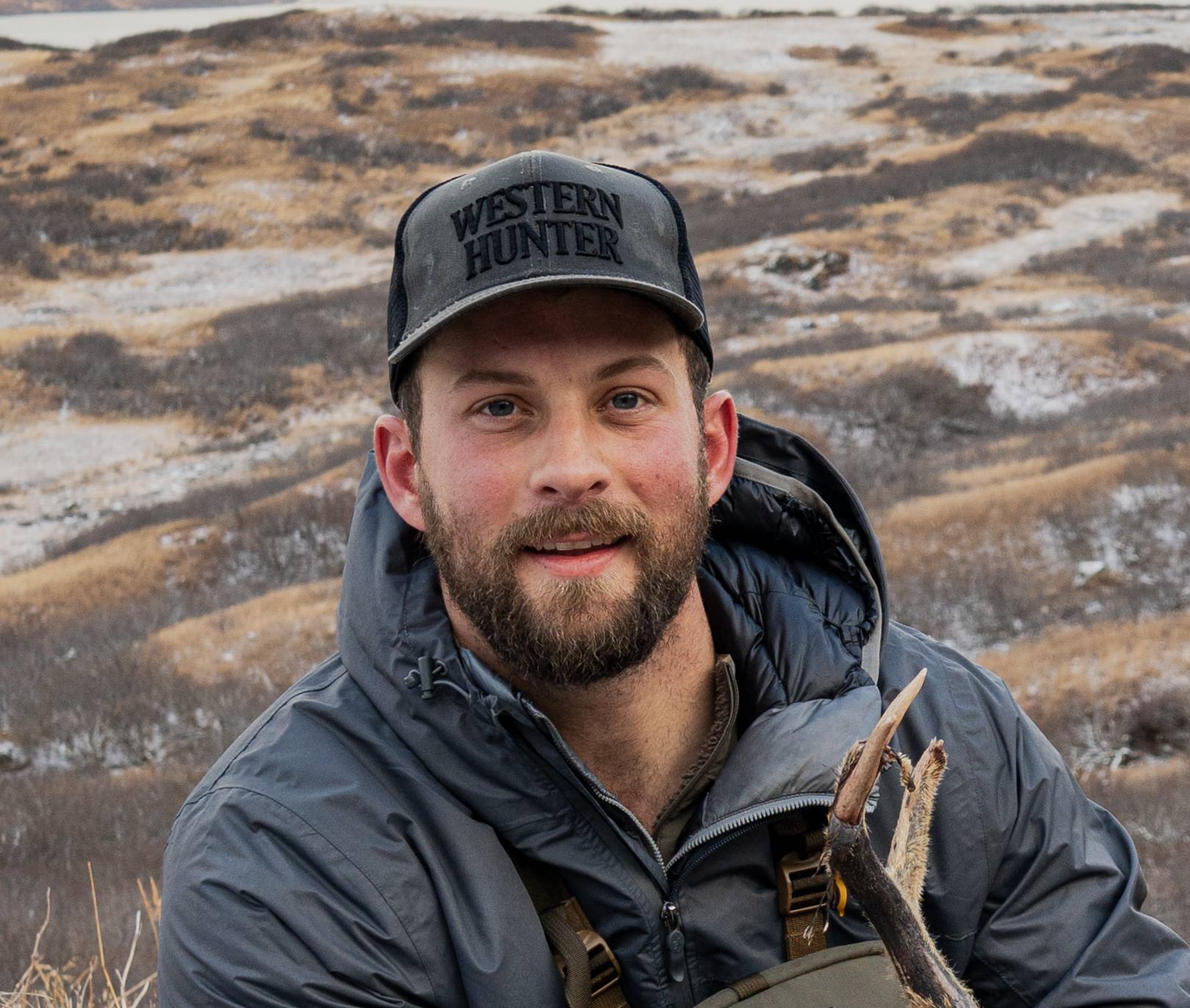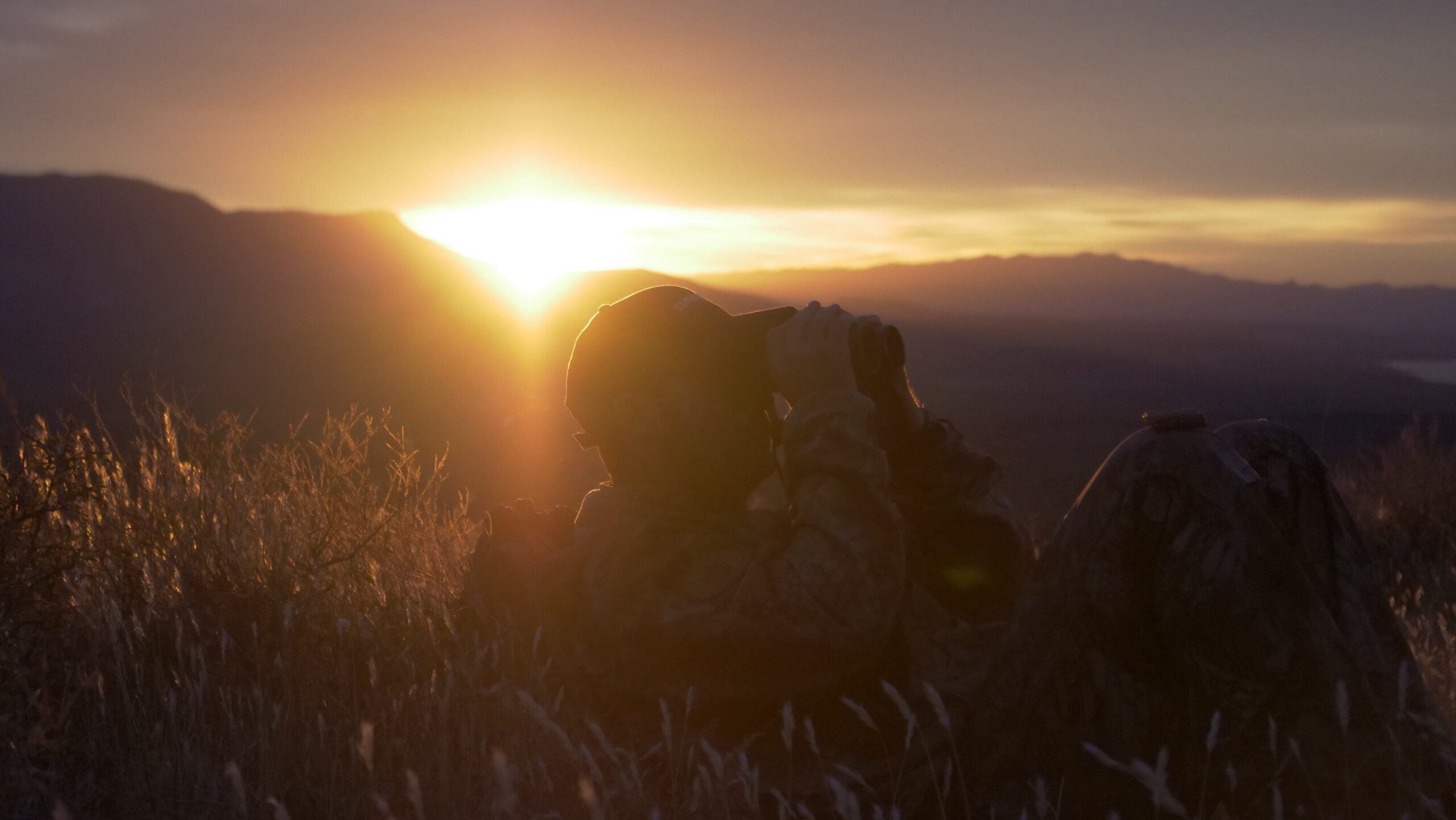
NOTICE: Certain links on this post may earn a commission for Western Hunter Magazine from Amazon or our other affiliate partners when you make a purchase. Thank you for your support.
Quality Affordable Cameras for Hunting
Over the past 10 years or so, a Western hunter’s standard kit has evolved in many ways. All sorts of gadgets and useful equipment have flooded the market and worked their way into the kit of the average hunter. We find ourselves spending more time researching and more money purchasing pieces that we believe will increase our success or the overall experience of a big game hunt. While we often make the choice to suffer for our food, many of us do whatever we can to minimize the time spent dealing with gear and maximize the time spent soaking in the incredible sights and sounds that are present in wild places. Some of us whittle away ounces from our packs and whole paychecks on gear that would rival military outfits. Although better gear is never a bad decision, from German glass to handmade tech clothing, there is one piece that is often overlooked that can keep you smiling and successful whatever the outcome of a hunt. Here is why you should all invest in cameras for hunting documentation.
Investing in Cameras for Hunting
Now, when you read that, you probably thought of the one that’s always in your pocket. While a cell phone is a great tool and most are equipped with fantastic photo/video capabilities, allow me to present an argument for an alternative, as well as a guide to setting yourself up to capture moments that are worth revisiting. Before we get into the details, I'd like to point out that using cameras for hunting does not substitute high-quality optics. There is no more important tool in my pack than my 12x42 EL's paired with a sturdy tripod.
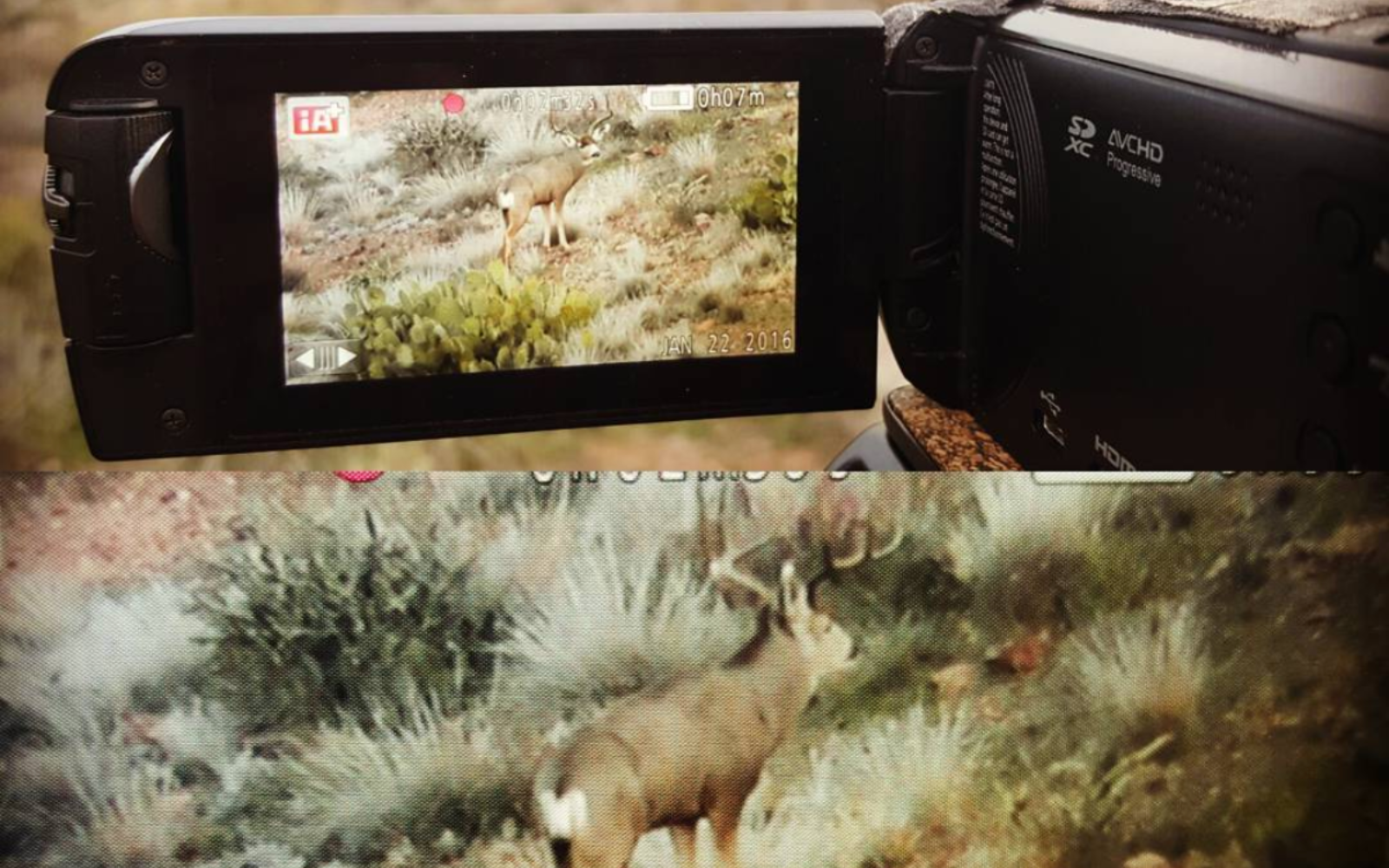
Digiscoping vs. Dedicated Cameras for Hunting
A phone case with an adapter for optics is a very handy way for guides and hunters alike to keep track of the results of their scouting trips. For less than $100 you can turn your cell phone and optic into a great system for capturing photos and video at long distances.
While this can produce great results if you already have the glass, my point is to offer an alternative video solution for those with a limited budget. The most important thing to know is that cheap glass, for the most part, is not worth dealing with, especially for digiscoping. If you find yourself in this situation and you’re not already aware, there is only one source for information on optics. No matter your budget, I highly recommend calling the pros at Outdoorsmans, who will give you the no-B.S. guide to optics selection and digiscoping setups.
I am always in search of ways to simplify my gear, and the one thing that has quite literally changed my life is the addition of an inexpensive handheld camcorder. A $200 model from Panasonic, Canon or Sony (listed below) provides better video capability than any cell phone. Coupled with some recently standardized features in the low-mid range, you can easily capture some excellent footage and even decent audio. Step it up to the $700-1000 range and you might find yourself using a camera for field judging or long periods of observation. For example, my personal choice is the Panasonic VX981K. It cost me $950 and can now be found for about $700 on Amazon. I have recorded video on this camera that plays well on an HDTV at over 500 yards, and we’re not even into the good stuff yet. I can do that without a tripod thanks to the 5-axis image stabilization that comes standard on nearly every consumer camcorder except for a few at the very bottom of the range. This feature means I can film while hiking or with shaky hands and still get very stable footage. Although this feature is a game-changer, I still would highly recommend a solid tripod or monopod setup. One of my favorite moments during a hunt is watching someone strain their eyes trying to locate an animal through a spotting scope, while I sit comfortably and locate at 10x zoom on a bright clear screen before dialing in to 70x or higher to count tines on a mule deer or guess the age of a beat up looking bull elk, all on a piece of gear that weighs less than a set of 8x binoculars! Several times I have ended up with 3-4 other people looking over my shoulder at the monitor. With most of these cameras for hunting, you can capture stills at any time, even while recording video, and even have proof of that giant buck that stood up at last light on the day when you were scouting solo.
As a simple guide, I will lay out some of the features that are necessary to have in a CC for this purpose, as well as some that have surprised me with their value. I could write a book on image quality and fine tuning differences but for our purposes I'll try steer clear of terms that are subjective or unnecessarily technical.
Zoom:
For the typical Western hunter who tends to glass a range of 200-1500yd or further, more zoom power is always better. There are two ways to achieve magnification with camcorders, optical and digital. Optical zoom is usually a main selling point for fixed lens cameras and works just as one would imagine, glass optical elements that expand and contract, usually with motorized assistance. Optical zoom typically maintains image quality, with minor loss based on the amount of light that reaches the sensor. Digital zoom is the enhancement of an optically maximized image that normally produces dramatic resolution loss. As a test, look at any photo on a cell phone or tablet and zoom it in as far as you can. You will start to see the individual pixels, (the tiny individual boxes of color that make up the image), most noticeably on sharp lines like the outline of a person. The more you zoom in, the less clarity the image will have. Digital zoom on a camera works in the same way, but many companies have now developed software that can reconstruct and display an image with drastically less quality loss. This means that on many $300 camcorders, you can get a clear enough image for looking at an animal (or another target such as the moon) at 1000x zoom. I own a Panasonic W570k made in 2015 that can digitally zoom up to 3000x! Field judging antelope has never been easier.
Image Stabilization:
If you’re already carrying a tripod and don’t plan to shoot/edit more personal footage later, this might not be necessary. However, in-body image stabilization (IBIS) is quickly becoming standard on all new model camcorders, DSLRs, mirrorless photo cameras, and most cell phones. To spare you the geeky stuff, this is a magic feature that allows the camera’s sensor to automatically adjust its physical orientation to maintain stable image capture. Some interchangeable lenses on photo cameras have a similar system that involves their optical elements. This feature also tends to eat batteries so pack what you think is too many, then double that amount. We’re focused on camcorders here, but for the fortunate wildlife shooter, a DSLR or mirrorless camera with IBIS coupled with an image-stabilized lens can produce cinema quality results for those close up or artistic shots.
Low Light:
Camcorders typically have trouble in difficult lighting situations such as dawn/dusk or nighttime. Most are equipped with a constant light source (basically a flashlight) and/or night-vision mode to help deal with this. Light gathering has to do with sensor size, and most consumer CCs are made with relatively small sensors. This can be very important and is one area in which my Panasonic falls short. I usually cannot practically film until just after sunrise and it becomes weak for long distance after sunset. There are gain settings that can maximize the sensor, but they usually produce more grainy or noisy video. Luckily, Canon’s new Vixia HF G21 and the FDRAX33 from Sony are built with larger sensors that offer drastic improvements in low light.
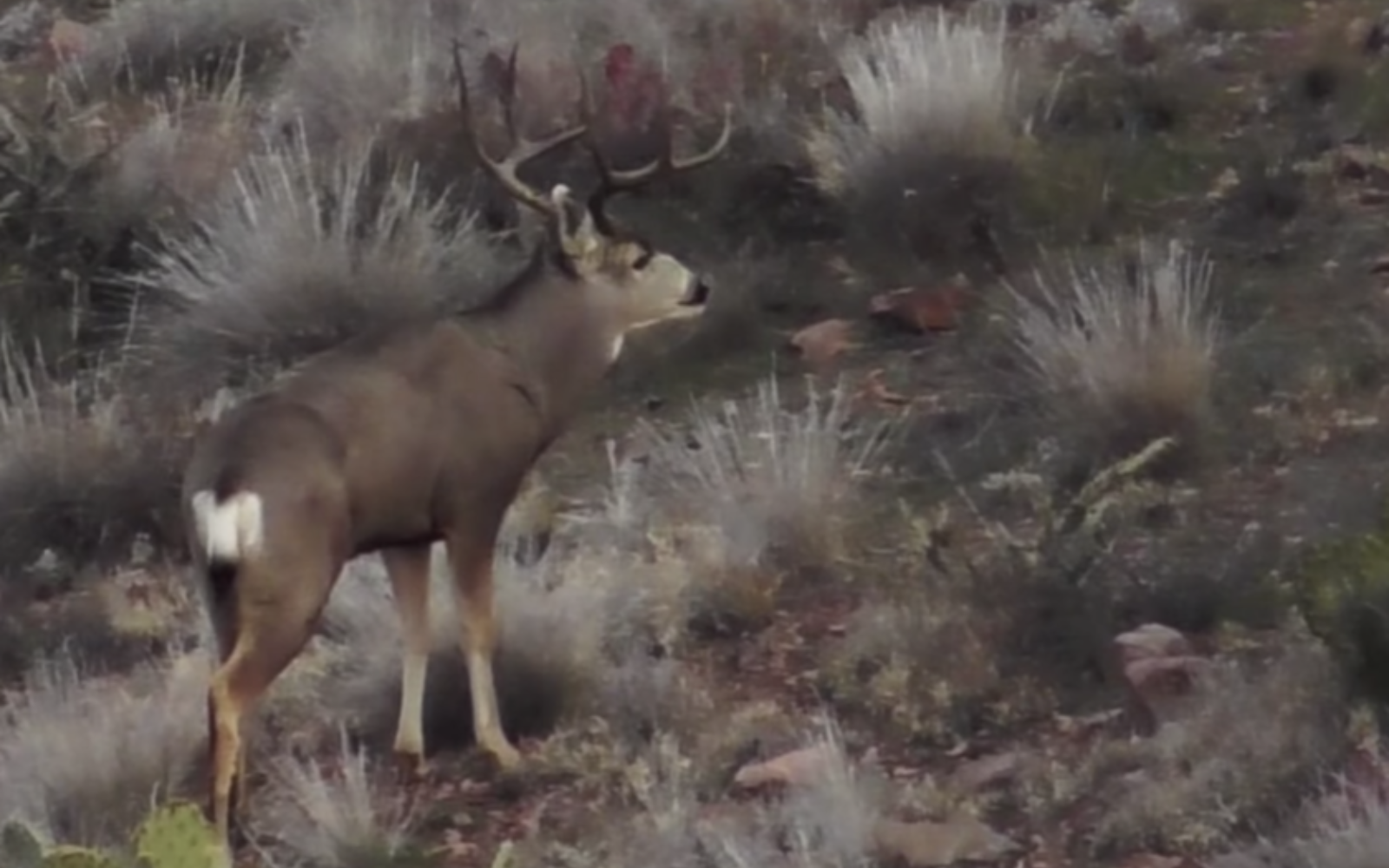
Putting it all Together:
If you’re willing to stack a few more pieces of gear, a simple weatherproofing/rain housing, (like this) and a solid waterproof case such as a small Pelican can save your ass and your wallet in the rain or snow. Lens cleaning supplies are also a must and are light enough to forget about in your pack. I have yet to see a worthwhile offering as far as an outdoor/hunting-minded pack with dedicated camera inserts but if you’re aware of one, let me know! Always carry more batteries than you think you will need, and the same goes for SD cards. A way to copy/store files at camp is also very helpful. When it comes to copies of photos and video files, the saying goes, “If you have one, you have none. If you have two, you have one.”
Camcorders are generally so well rounded that you can produce a film for YouTube or personal use without many extra gadgets. However, a modest shotgun mic such as the Rode Videomic can seriously improve the overall quality of any budget production. Coupled with free user-friendly editing software included on most late model PC and Mac computers, (iMovie, Windows Movie Maker), creating videos has never been simpler.
If you'd like more info on the gear listed here or have questions about cameras, send me an email at Levi@wildernessathlete.com and I’ll be happy to oblige.
Pack extra batteries.
Affordable "Budget" Cameras for Hunting:
|
Panasonic HC V180K - ($199 on Amazon)
|
Canon Vixia HF R800 - ($199 on Amazon)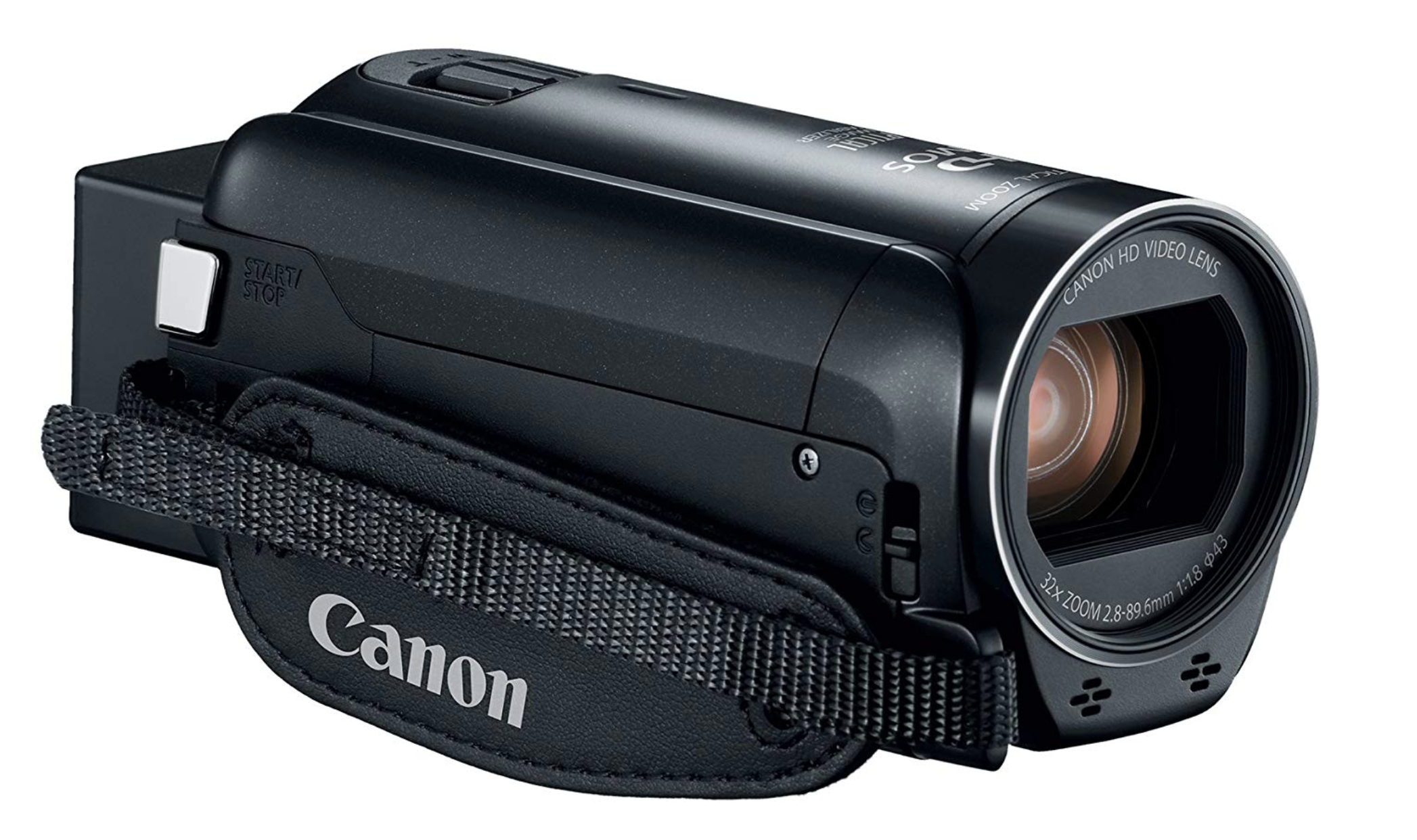 Learning Curve: 2/10 (Easy) Learning Curve: 2/10 (Easy)Image quality: 4/10 (HD) Low light: 2/10 Portability 10/10. Zoom: 32x Optical, Digital Unknown. Stabilization: 5-axis. |
Sony HDRCX440 Handycam - ($268 on Amazon)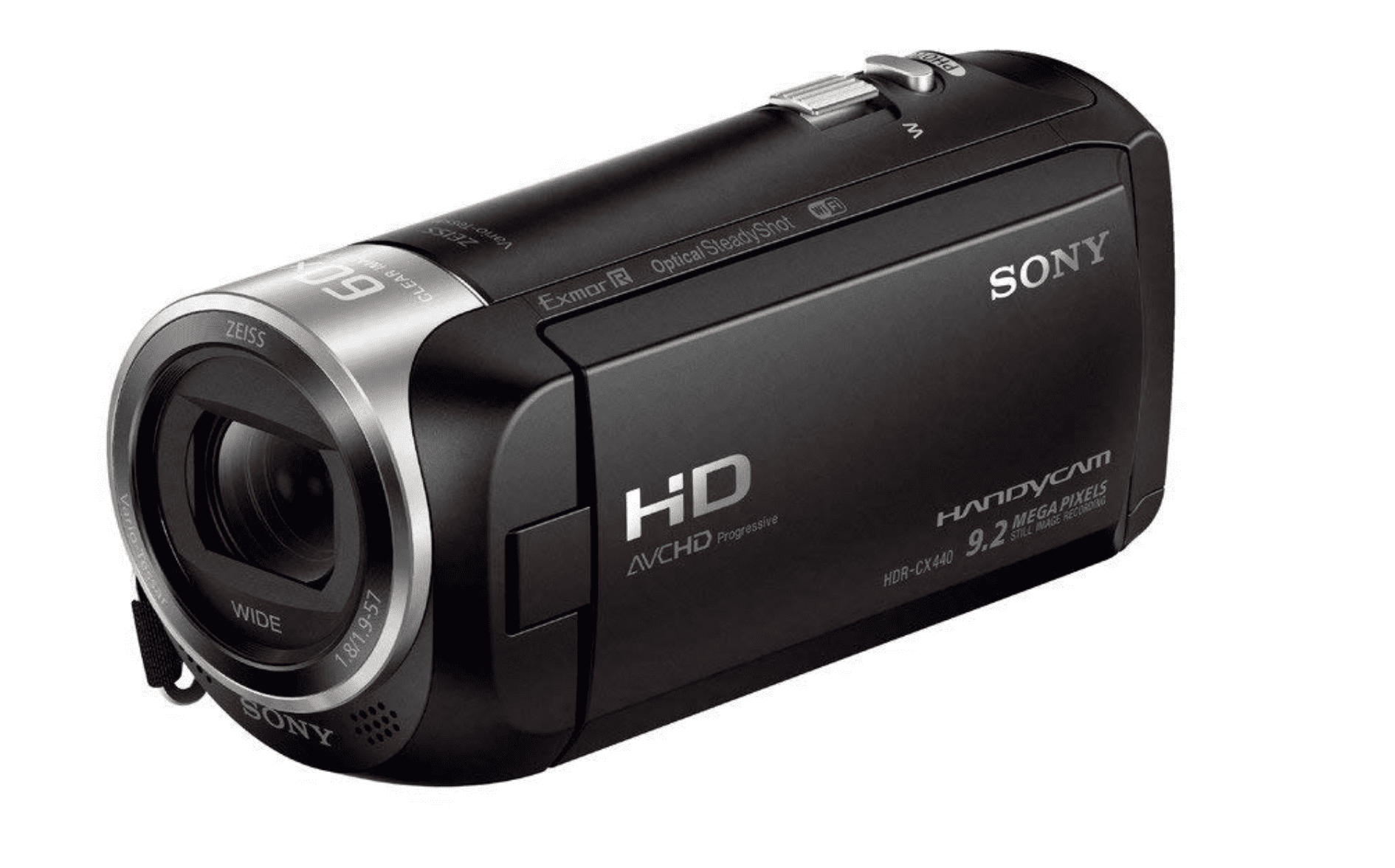 Learning Curve: 2/10 (Easy) Learning Curve: 2/10 (Easy)Image quality: 4/10 (HD) Low light: 2/10 Portability: 10/10 Zoom: 60x Optical, digital unknown. Stabilization: 5-axis. |
Mid-Range Cameras for Hunting:
|
Panasonic VX-981K ($797 on Amazon) 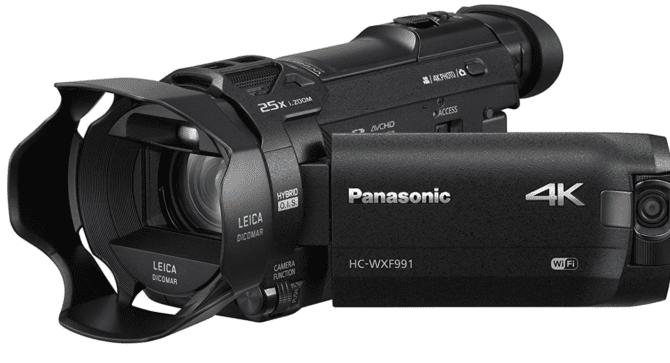
Micro 4/3 sensor camcorder. |
Sony FDRAX33 ($848 on Amazon) 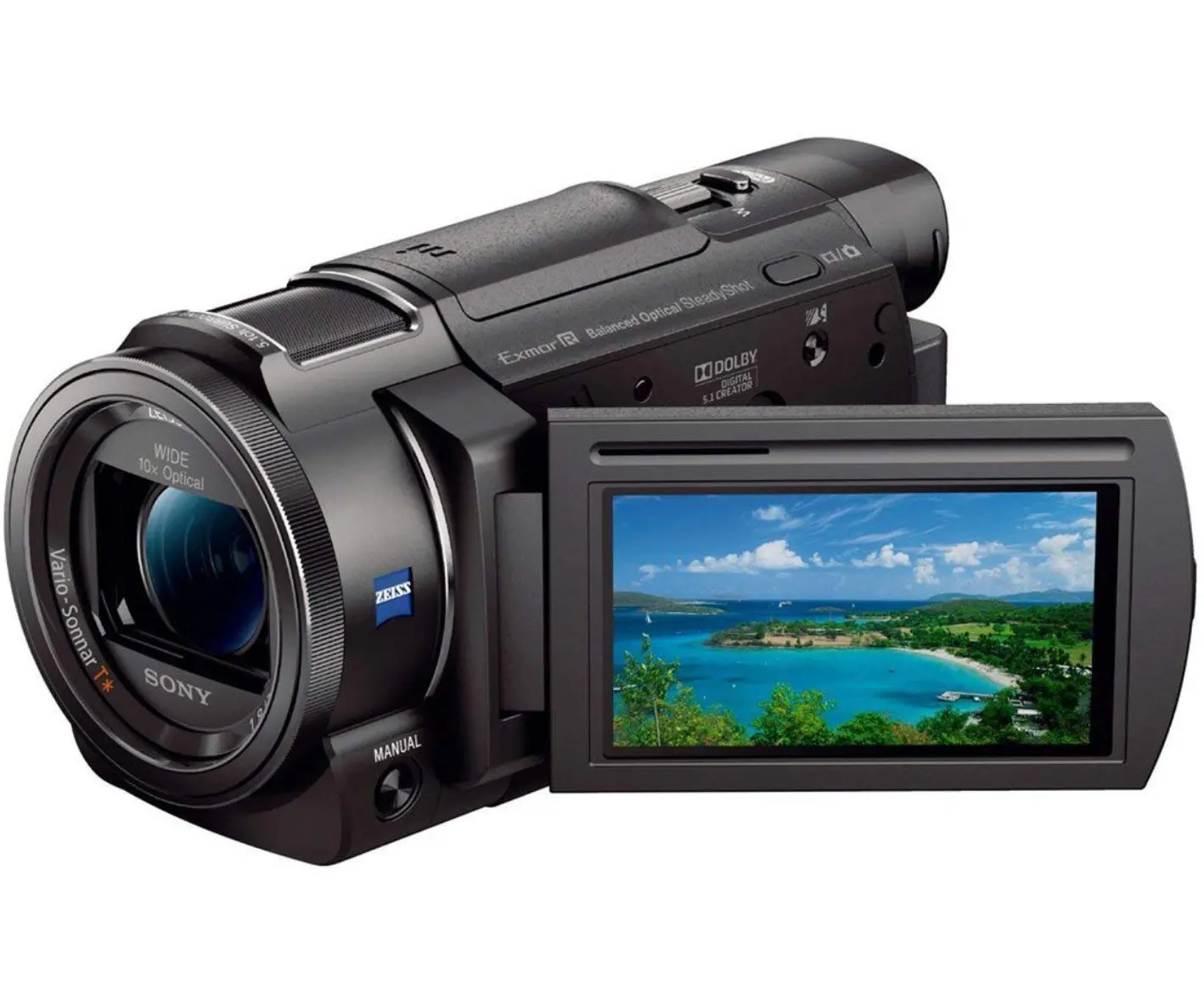
Sony CMOS 1" sensor camcorder. |
|
Canon Vixia HF G21 ($799 on Amazon) 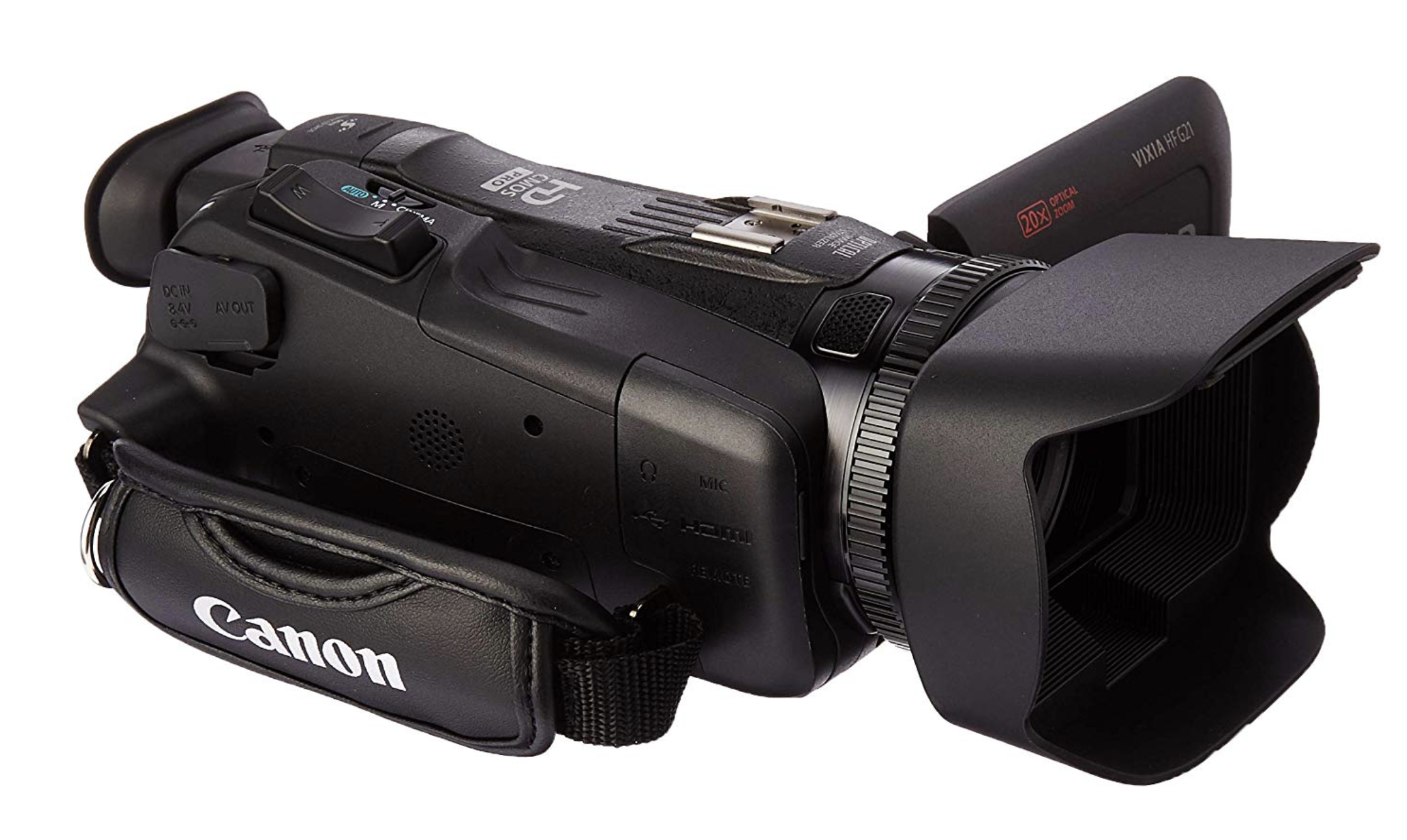
CMOS PRO sensor camcorder. |
Upper Price Range DSLR/Mirrorless Cameras for Hunting:
|
Canon: 5D MK IV, 70-200 f/2.8 USM IS II 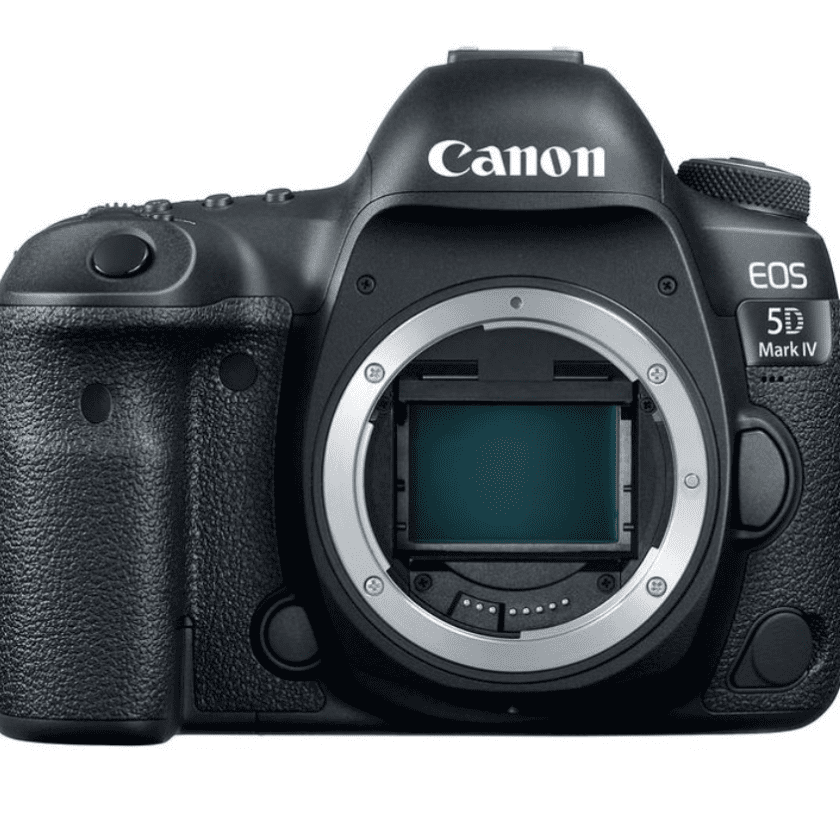
Full Frame DSLR better suited for still photography. |
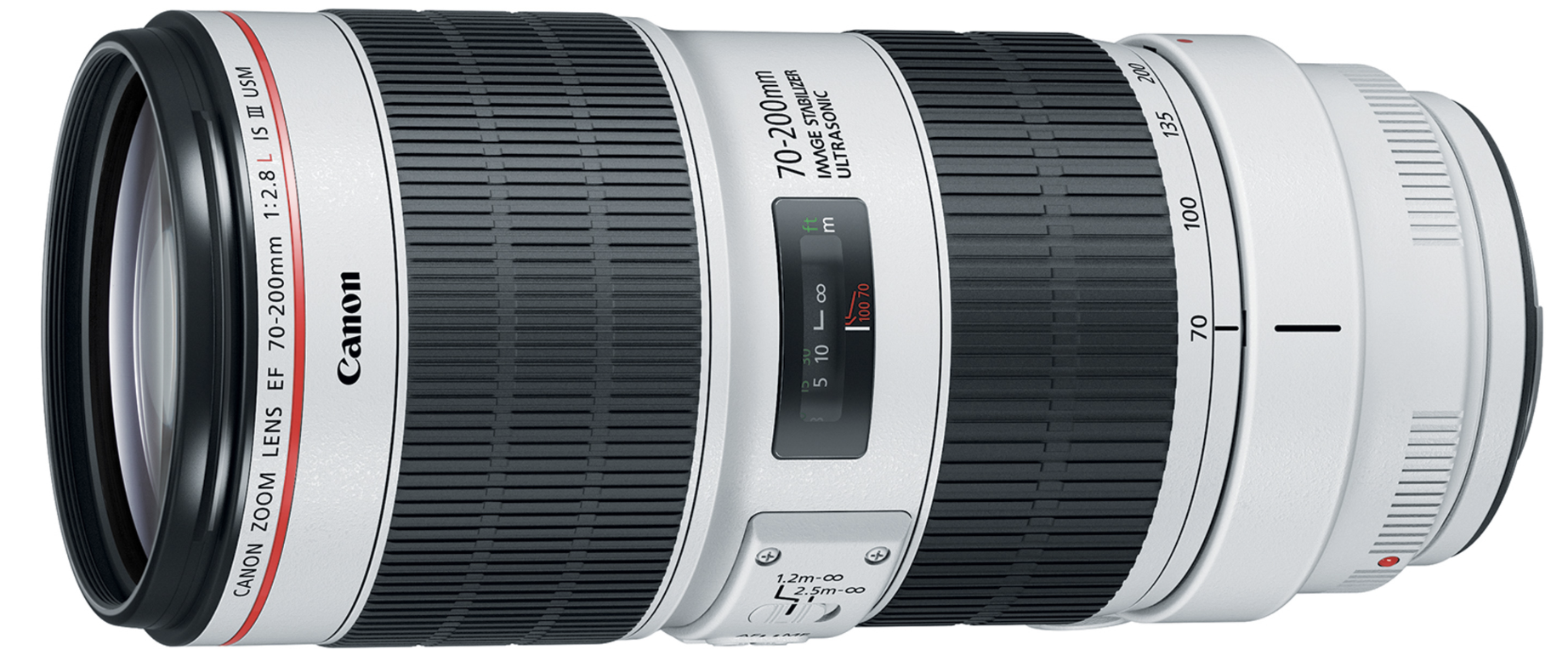 |
|
Sony: A7Sii, 70-200 f/2.8 GM 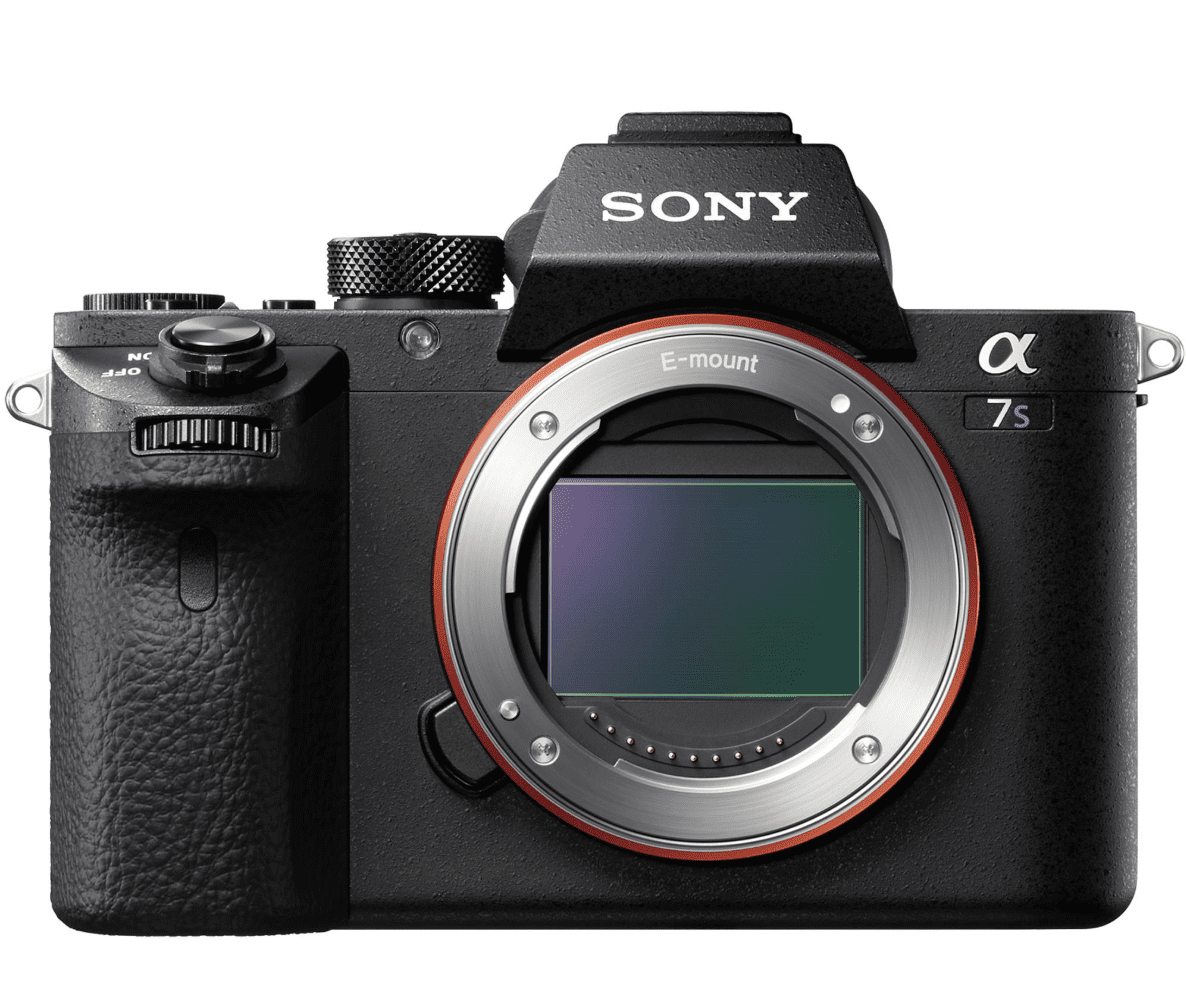
Full Frame mirrorless better suited for video. (Unbeatable in low light) |
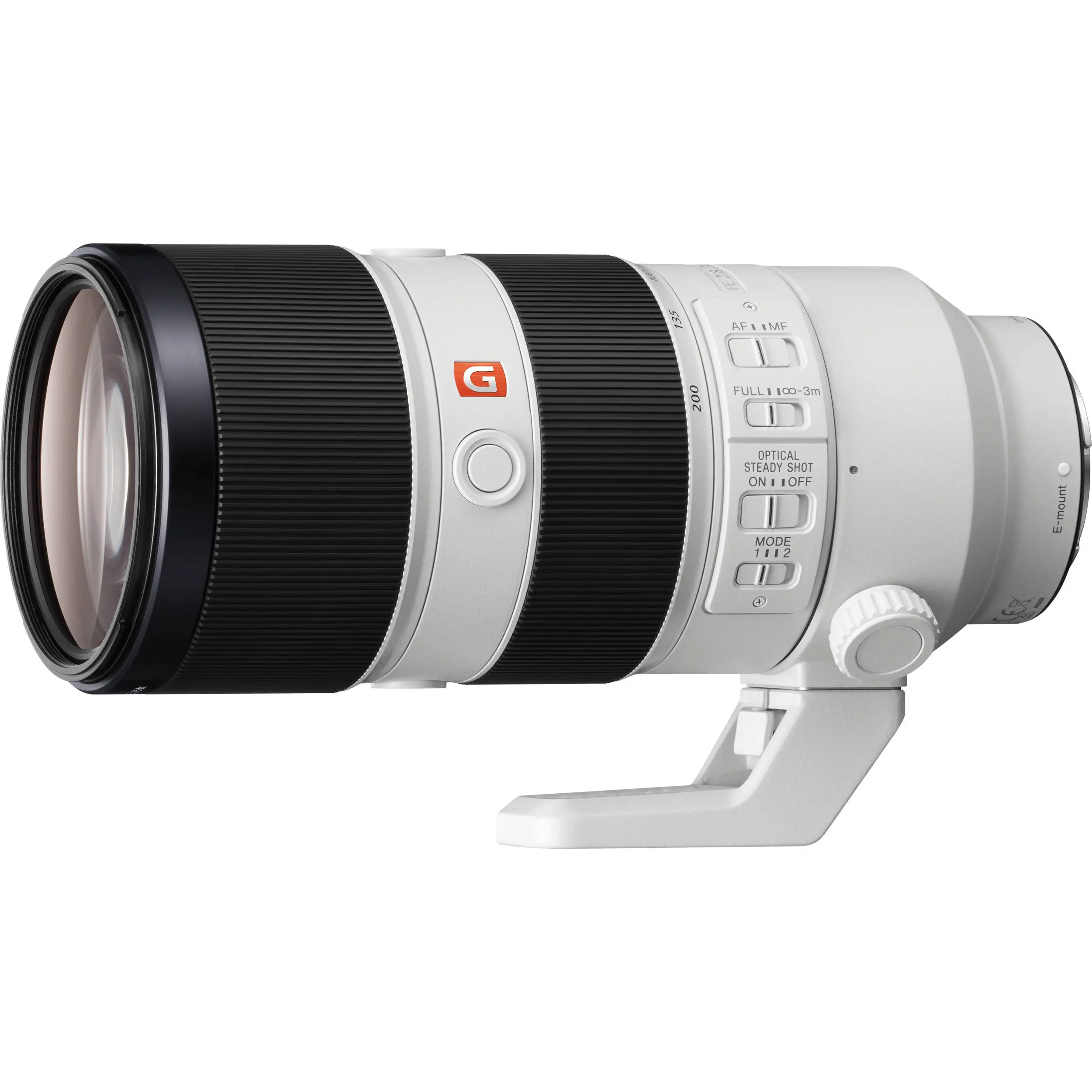 |
|
Panasonic: GH5, Leica DG 100-400 f/4, Leica 100-400 DG 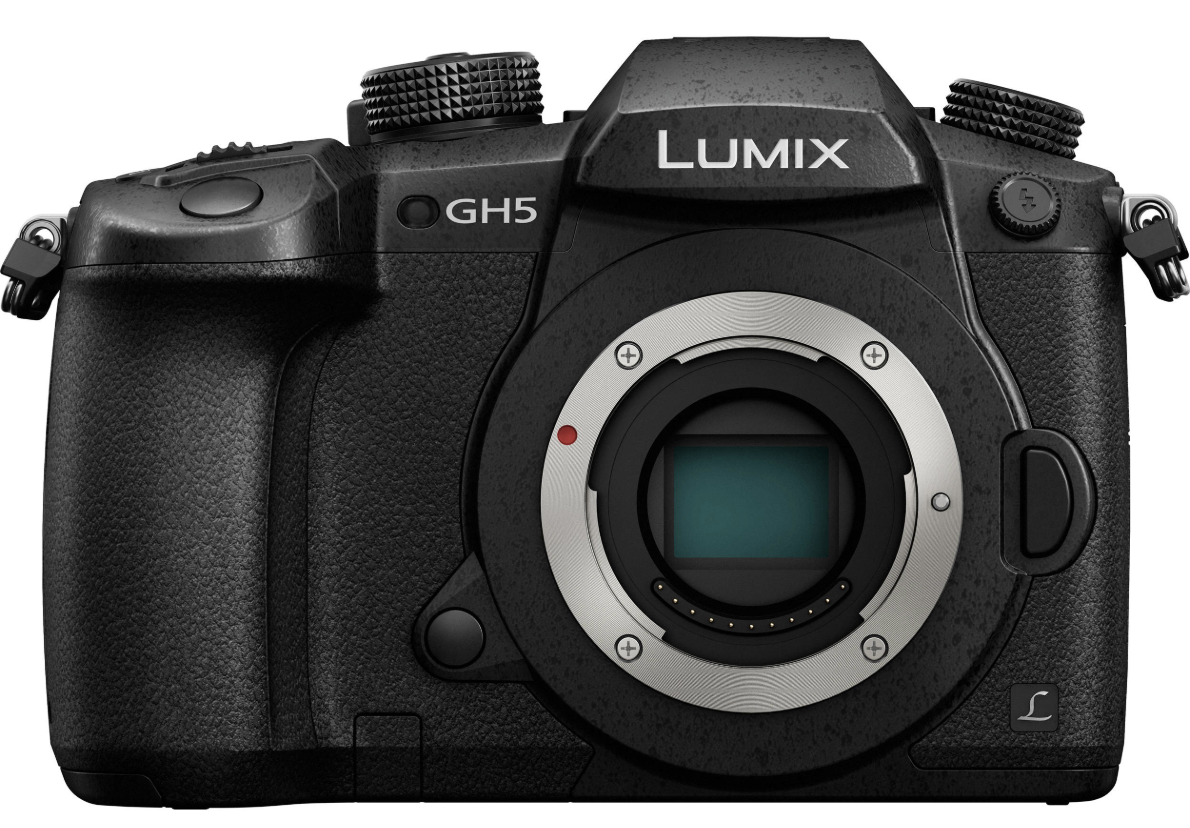
Micro 4/3 mirrorless well suited for still photography and video. |
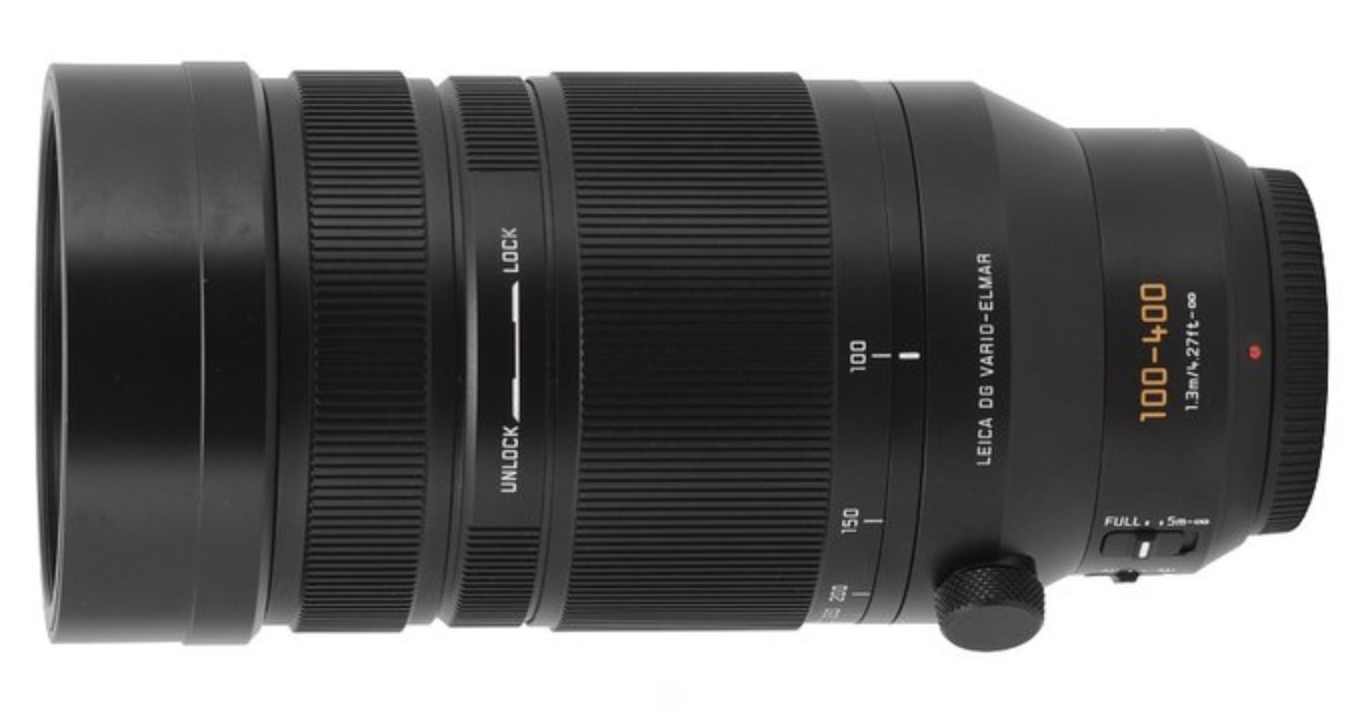 |

